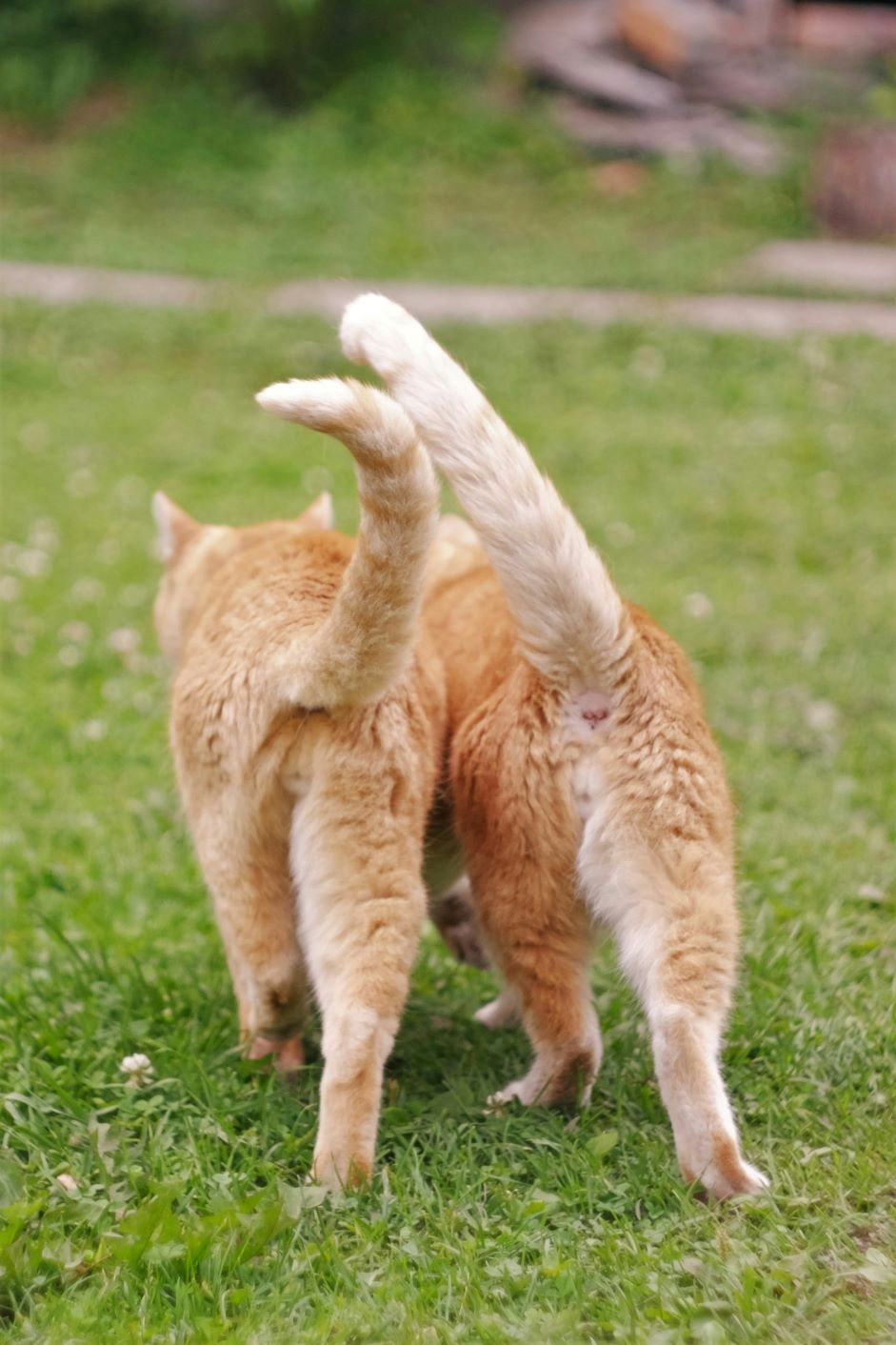Preparing for the Arrival of a New Cat
Bringing a new cat into a household already bustling with pets can be an exciting yet daunting endeavor. Understanding the subtleties of cat introductions, recognizing warning signs, and encouraging good signs when introducing cats to each other are pivotal to creating a harmonious multi-cat home. This guide offers comprehensive insights into how to acclimate cats to new cats, integrate a new cat into a dog’s territory, and ensure all pets feel comfortable and secure in their shared environment.
Introducing a New Cat to Your Home
Before the new cat even crosses the threshold, prepare a safe and welcoming space for them. This sanctuary should be equipped with all the essentials: a cozy bed, food and water dishes, toys, and a new litter box. This initial step is crucial for a smooth transition and sets the stage for positive interactions with resident pets.
Cat Introduction to New Cat: Initial Considerations
Introducing new cats to each other requires patience and attentiveness. Start with scent swapping by exchanging bedding or toys between the new and resident cats. This non-threatening form of introduction helps lay the groundwork for face-to-face meetings by familiarizing them with each other’s scent.
Recognizing Signs During Introductions
Good Signs When Introducing Cats to Each Other
Positive indicators such as curious sniffing, calm body language, and playful gestures suggest that the cats are open to forming new friendships. These signs show that your pets are beginning to accept each other’s presence and may soon coexist peacefully.
Warning Signs When Introducing Cats
Be vigilant for any signs of aggression or excessive fear, including prolonged hissing, growling, or attempts to attack. While some hissing is normal during initial cat introductions, persistent aggressive behavior requires reevaluating your approach.
Tailoring Introductions Based on Pet Dynamics
Introducing New Cat to Multi-Cat Household
When introducing a new cat to a household with multiple cats, individual introductions might work best, preventing the newcomer from feeling overwhelmed. Monitor each interaction closely, gradually increasing the time they spend together as they become more comfortable.
How to Introduce Two Cats When One Is Aggressive
For an aggressive resident cat, take extra precautions by keeping initial meetings short and supervised. Utilize barriers like baby gates to allow visual contact without physical interaction, reducing the chance of confrontations.
How to Introduce a New Cat to a Dog
Introduce your new cat to a dog cautiously, ensuring the dog is leashed and the cat has an escape route. Observe their body language closely; a calm dog and a curious cat are promising signs that they might cohabitate successfully.
Facilitating a Comfortable and Familiar Environment
How to Acclimate Cats to New Cats
Gradual and controlled introductions are key. Allow the cats to dictate the pace of their interactions, offering treats and praise to reinforce positive encounters. Ensuring each cat has their own space can help ease tensions.
How to Introduce a Cat to a New Litter Box
Place the new cat’s litter box in their safe space, gradually moving it closer to the home’s main area if necessary. This helps the new cat feel secure while adjusting to their new environment.
Monitoring and Adjusting the Introduction Process
How Much Hissing is Normal When Introducing Cats
Some hissing and growling are expected as cats establish boundaries. However, if this behavior persists without signs of improvement, it may be time to consult with a veterinarian or animal behaviorist for additional strategies.
Addressing Challenges: New Cat is Aggressive to Resident Cat
If the new cat shows aggression towards the resident cat, consider temporarily separating them and reintroducing them slowly, using scent swapping and supervised visits to rebuild their relationship on neutral grounds.
Conclusion
Introducing a new cat to your home and other pets is a nuanced process that requires patience, understanding, and vigilance. By recognizing the warning signs of distress and encouraging positive interactions, you can foster a peaceful and enriching environment for all your pets. Remember, each cat is unique, and adapting your introduction strategy to their individual needs and personalities will increase your chances of a successful integration into a happy, multi-pet household.
Frequently Asked Questions
How do you introduce a new cat to a multi-pet household?
Begin by providing the new cat with a separate space equipped with all their essentials. Gradually introduce their scent to your existing pets using swapped bedding or toys before facilitating short, supervised meetings. Ensure each pet feels secure and has their own resources to prevent competition.
How do I bring a new cat into my house with other cats?
Start by isolating the new cat in a designated safe room allowing them to acclimate. Gradually introduce scents between the new and resident cats before proceeding to visual contact through a barrier. Proceed to direct, supervised interactions once they seem comfortable with each other’s presence.
What not to do when introducing cats?
Avoid forcing direct physical interaction too soon and never leave them unsupervised during early introductions. Don’t ignore warning signs of distress or aggression and never punish cats for hissing or growling, as these are normal parts of the acclimation process.
How long does it take for cats to get used to each other?
The time it takes for cats to get used to each other can vary widely; it may take several weeks to several months. Patience and gradual introduction are key, and each cat’s personality and past experiences will influence the adjustment period.
What is the right way to add a new cat to a household that already has two or more cats?
Introduce the new cat slowly, starting with scent swapping and then short supervised meetings. Provide separate resources and safe spaces for each cat to retreat. Observing cats’ body language and proceeding at a pace comfortable for all cats are essential steps.
What is the best way of introducing a second cat to a household in terms of helping the cats get on?
Ensure each cat has its own space with food, water, and a litter box. Use scent swapping and controlled visual introductions to foster familiarity. Positive associations through treats and play can also help cats build a friendly relationship.
How do I introduce multiple cats into a two-cat household?
Introduce each new cat individually, following the gradual introduction process of scent swapping, visual contact, and supervised meetings. Monitor interactions closely and ensure ample resources and hiding spots are available to prevent competition and stress.
How do you introduce a new puppy or kitten into an existing home with multiple cats and one older dog?
Start with scent introductions, keeping the new puppy or kitten in a separate area initially. Gradually introduce them to each pet individually, supervising all interactions and rewarding calm behavior. Pay special attention to the older dog’s reactions and proceed slowly to ensure a positive experience for all pets.




